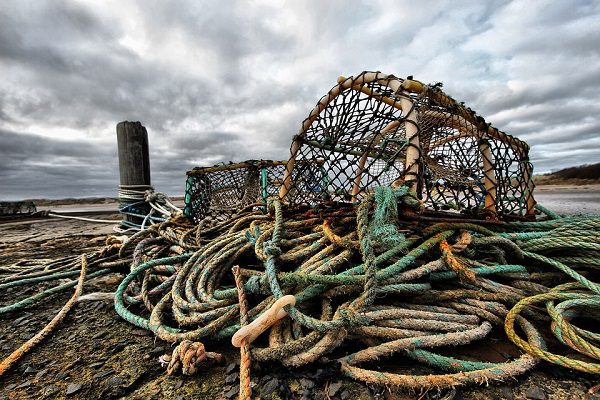BALTIMORE, MD—Maryland Natural Resources Police are reminding recreational crabbers of the state’s conservation laws as the blue crab season opens on April 1 in the Chesapeake Bay.
The DNR says that while many are looking forward to the opening of blue crab season, it’s important to remember that laws and regulations are still in effect. The DNR says that officers will be actively enforcing crabbing laws this year, with a particular focus on the use of turtle excluders on crab pots.
The DNR is also reminding the public about the importance of protecting the state’s blue crab population. The harvest of blue crabs in the Chesapeake Bay and its tributaries is a crucial component of the state’s economy, generating more than 50% of the total U.S. blue crab harvest. The DNR says that a sustainable blue crab population is essential for future generations to enjoy.
If you’re planning on crabbing this season, the DNR has a few important reminders. First, make sure that your crab pot has a turtle exclusion device, as required by law. Many turtle reduction devices are bright orange plastic rectangular devices that are fitted in crab pot entrance funnels. These devices have been in use since 1999 and are designed to prevent the entry of terrapins, which are small reptiles that can live inside and eventually kill blue crabs.
Second, make sure that your crabbing license is valid and that you have proper registration. All recreational crabbers are required to have a valid Maryland DNR license or a valid registration card. Officers are checking for gear compliance as frequently as ever, and more than 13% increase in crabbing citations and warnings were issued year-over-year.
Finally, the DNR recommends that you also take steps to reduce your environmental impact when crabbing. This can include using sustainable crab processing and disposal practices, as well as recycling the shell and mantle of blue crabs. By following these simple steps, you can help to make a difference and protect the state’s blue crab population for future generations.
This article was written with the assistance of AI and reviewed by a human editor.
Photo via Pixabay
Do you value local journalism? Support NottinghamMD.com today.

